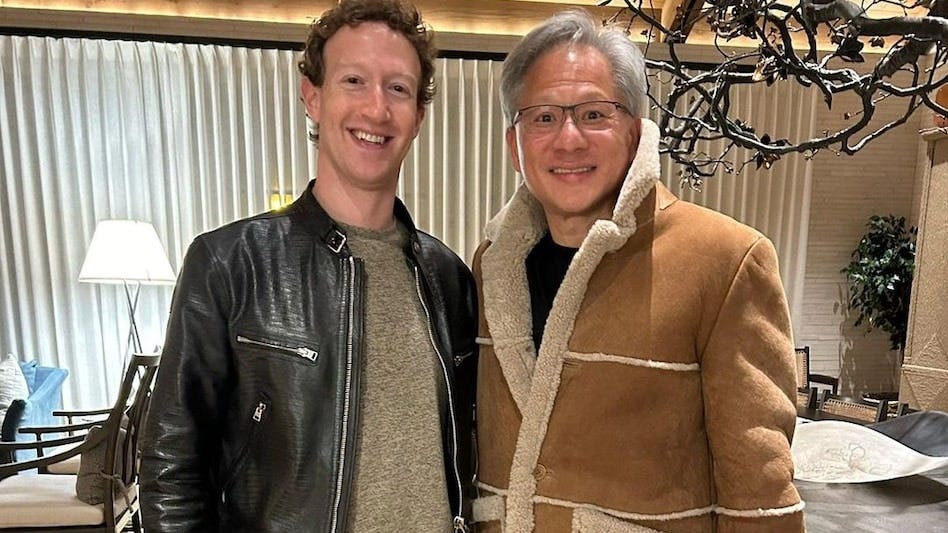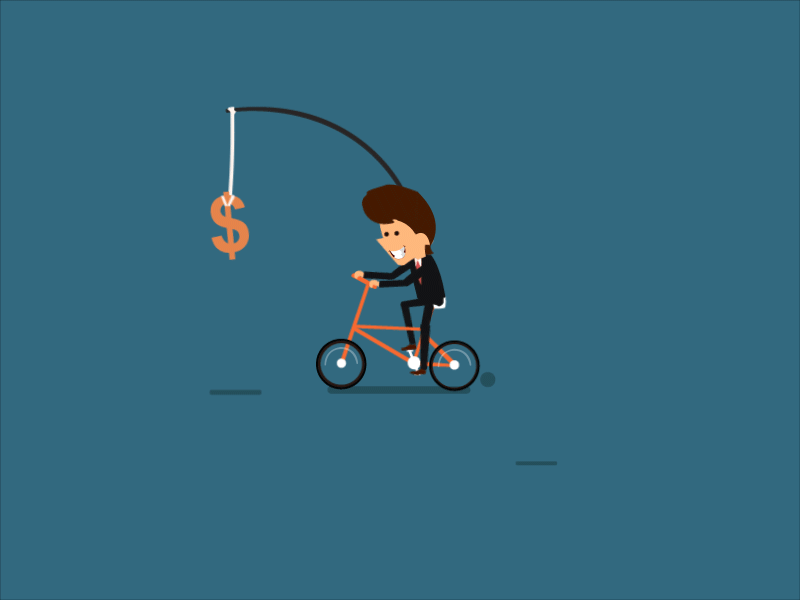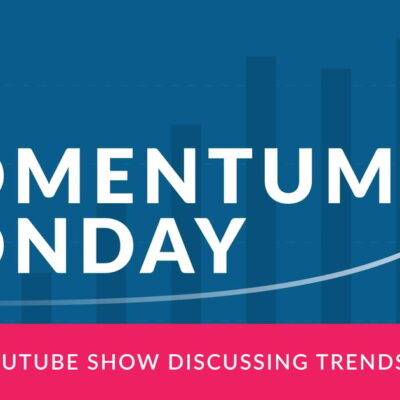
AI: Meta, Google & OpenAI lean into AI Generated Social Videos. RTZ #862
AI generated video is coming in force. Time to get the popcorn.
I’ve been heralding the next iterations and innovations around AI generated video for over two years now. And we’ve seen ongoing products from OpenAI with Sora 2, Google with Veo 3, and Meta with its video generation and AI Smart Glasses efforts for users and advertisers.
But AI generated Social Video in mainstream users’ ‘For You Page’ (FYP) in TikTok style never ending scrolls, is apparently the next big thing these companies and others are now rolling out. OpenAI had a taste of it with images with its success with ‘Ghibli’ style AI images a few months ago. Now OpenAI founder/CEO Sam Altman is explaining the aspirations behind Sora 2.
The app cleverly at sign-up has users put in their own images to be ‘Sorafied’. The kindling to their AI generated video fires. And be the grist of an AI generated flywheel shared with friends and family, that presumably joins millions more in the new Sora app. And fuels OpenAI’s LLM AIs ahead of its competitors.
Some will it call it more ‘AI Slop’, a new part of our AI vocabulary, with many potentially viewing it as cool new AI content to focus their attention on this AI Tech Wave . Glass half empty or full. The debate builds. While the products initially delight.
Axios lays it out at a high level in “Meta and OpenAI lean into social AI video”:
“Get ready for social media’s user experiences and business models to reshape the chatbot-dominated AI world.
“The big picture: New moves by OpenAI and Meta could add invasive advertising to AI’s already-long list of problems, and the tech’s power of persuasion and eagerness to please might supercharge the attention-grabbing capability of our social feeds.”
“Driving the news: OpenAI on Tuesday debuted Sora, an iOS app that combines an improved AI video engine with a variety of social media features, including video sharing, scrolling through a feed and remixing.”
“Meta last week introduced Vibes, its own AI-video app and plans to start serving up content and advertising across its services based on the interactions people have with the Meta AI chatbot.”
“The company announced those plans Wednesday, saying it will send notifications and emails on Oct. 7, with AI-driven ads and experiences beginning in December.”
OpenAI is rolling this out as part of their roadmap for AI Applications to come:
“How it works: The Sora app, which is invite-only for now, includes a “cameo” tool that lets you add yourself and your friends to AI videos.”
“As part of the sign-up process users are required to complete a short live video repeating certain numbers or phrases and turning their head in particular ways.”
“This both generates a cameo to authenticate a user’s likeness and help stop impersonation. Users can approve or remove videos made with their likeness.”
And the company is contrasting it with existing short and long video on social media:
“What they’re saying: OpenAI took pains to contrast what it’s doing with Sora from past social media. Sora is optimized “for long-term user satisfaction,” Altman said.”
“The majority of users, looking back on the past 6 months, should feel that their life is better for using Sora [than] it would have been if they hadn’t,” Altman wrote on his blog.”
“If that’s not the case, we will make significant changes (and if we can’t fix it, we would discontinue offering the service).”
The broader intention for all these companies are ways to leverage these services both for new AI training and inference data, as well as monetization opportunities via adveritising, ecommerce and/or subscriptions:
“Between the lines: People are already sharing all kinds of information with their chatbot of choice, from inner thoughts to highly personal medical data.”
“These details could arm the makers of AI engines with all they need to deliver incredibly targeted advertising as well as content designed to keep people scrolling.”
“OpenAI denies any current plans to put advertising in Sora.”
“A lot of problems with other apps stem from the monetization model incentivizing decisions that are at odds with user wellbeing,” the company said in a blog post on Tuesday.”
“Transparently, our only current plan is to eventually give users the option to pay some amount to generate an extra video if there’s too much demand relative to available compute. As the app evolves, we will openly communicate any changes in our approach here, while continuing to keep user wellbeing as our main goal.”
Meta as I’ve discussed before, is one of the most proactive on the AI advertising monetization front.
“Meta, meanwhile, has made no bones about its desire to merge AI with its proven advertising-based business model.”
“The company has long reserved the right to use nearly any data shared with Meta AI however it sees fit, including to serve up ads or hone its AI models.”
“The new video-sharing app and move to use Meta AI data for ads merely confirm it is putting those plans in action.”
“Yes, but: Even as it decries the past, OpenAI has made moves that could lead it down a similar path, especially as it looks for a way to offset the massive cost of delivering generative AI video.”
“OpenAI also recently added a “Pulse” feature to ChatGPT that proactively serves up information based on a person’s interests. In doing so, it created a canvas that industry watchers noted seems tailor made for advertising.”
“What we’re watching: Many of the videos trending in my Sora feed featured Sam Altman, who enabled anyone to use him as a cameo.”
“Popular videos included Altman trying to steal GPUs from Target and another of him outside Nvidia offices screaming for them to invest billions more.”
Stratechtery also discusses Google’s offering in the mix, and the stratification of the three offerings from a consumption vs creation ratio perspective:
“What is new is the reality that compelling AI video generation is very much here, and it’s widespread: over the last three weeks we have actual AI video products from Google, Meta, and now OpenAI. What is so fascinating, however, is just how different these products are. Google is building features for YouTube; Meta is building the aptly named Vibes to take you away into fantastical worlds; OpenAI is letting you make as many variation of Sam Altman as you can handle, if my day one Sora feed is any indication.”
“Indeed, it feels like each company has an entirely different target audience: YouTube is making tools for creators, Meta is building the ultimate lean back dream-like experience, and OpenAI is making an app that is, in my estimation, the easiest for normal people to use.”
“In this new competition, I prefer the Meta experience, by a significant margin, and the reason why goes back to one of the oldest axioms in technology: the 90/9/1 rule.”
“90% of users consume”
“9% of users edit/distribute”
“1% of users create”
“If you were to categorize the target market of these three AI video entrants, you might say that YouTube is focused on the 1% of creators; OpenAI is focused on the 9% of editors/distributors; Meta is focused on the 90% of users who consume.”
“ Speaking as someone who is, at least for now, more interested in consuming AI content than in distributing or creating it, I find Meta’s Vibes app genuinely compelling; the Sora app feels like a parlor trick, if I’m being honest, and I tired of my feed pretty quickly. I’m going to refrain on passing judgment on YouTube, given that my current primary YouTube use case is watching vocal coaches breakdown songs from KPop Demon Hunters.”
And the Verge goes on to underline the overarching ambition for all of them, in “OpenAI’s new social video app will let you deepfake your friends”:
“In a briefing with reporters on Monday, employees called it the potential “ChatGPT moment for video generation.”
Whether it is or not this AI Tech Wave remains to be seen. But every demographic from the young on up are likely to try these AI generated video feeds in volume.
But for now, the biggest tech AI companies are putting their best feet forward in this effort. Stay tuned.
(NOTE: The discussions here are for information purposes only, and not meant as investment advice at any time. Thanks for joining us here)












